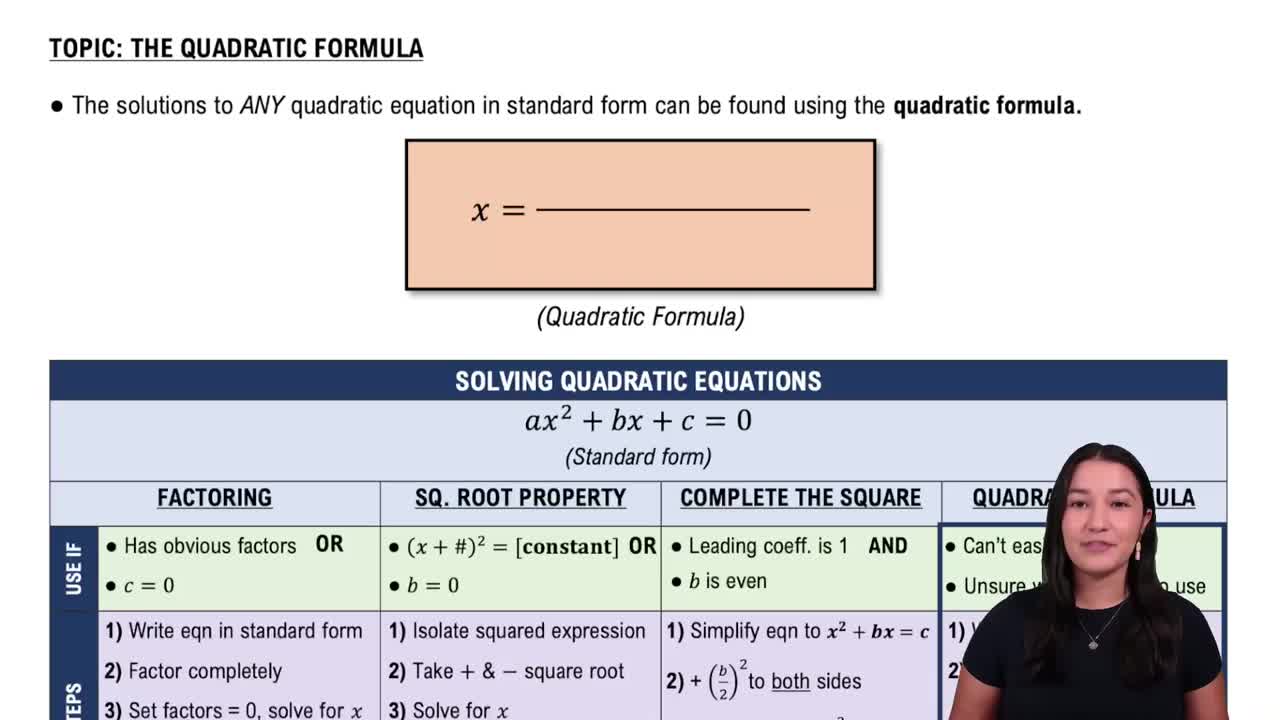Here are the essential concepts you must grasp in order to answer the question correctly.
Inequalities
Inequalities are mathematical expressions that show the relationship between two values when they are not equal. They can be represented using symbols such as '<', '>', '≤', and '≥'. In this context, inequalities help define the constraints on the variables x and y, allowing us to express conditions like 'no more than' or 'no less than' in a mathematical form.
Recommended video:
Graphing Systems of Inequalities
Graphing systems of inequalities involves plotting the regions defined by each inequality on a coordinate plane. The solution to the system is the area where the shaded regions overlap. This visual representation helps in understanding the feasible solutions that satisfy all the inequalities simultaneously, which is crucial for solving the given problem.
Recommended video:
Quadratic Functions
Quadratic functions are polynomial functions of degree two, typically expressed in the form y = ax² + bx + c. In this question, the term 'the difference between the square of the x-variable and 4' suggests a quadratic relationship, which can be rewritten as y ≥ (x² - 4). Understanding how to manipulate and graph quadratic functions is essential for accurately representing the constraints in the system of inequalities.
Recommended video:
Solving Quadratic Equations Using The Quadratic Formula
 Verified Solution
Verified Solution



 7:2m
7:2m
